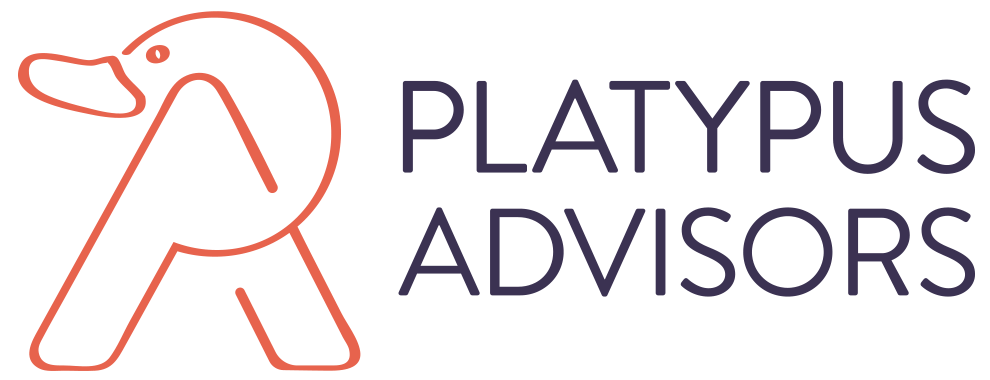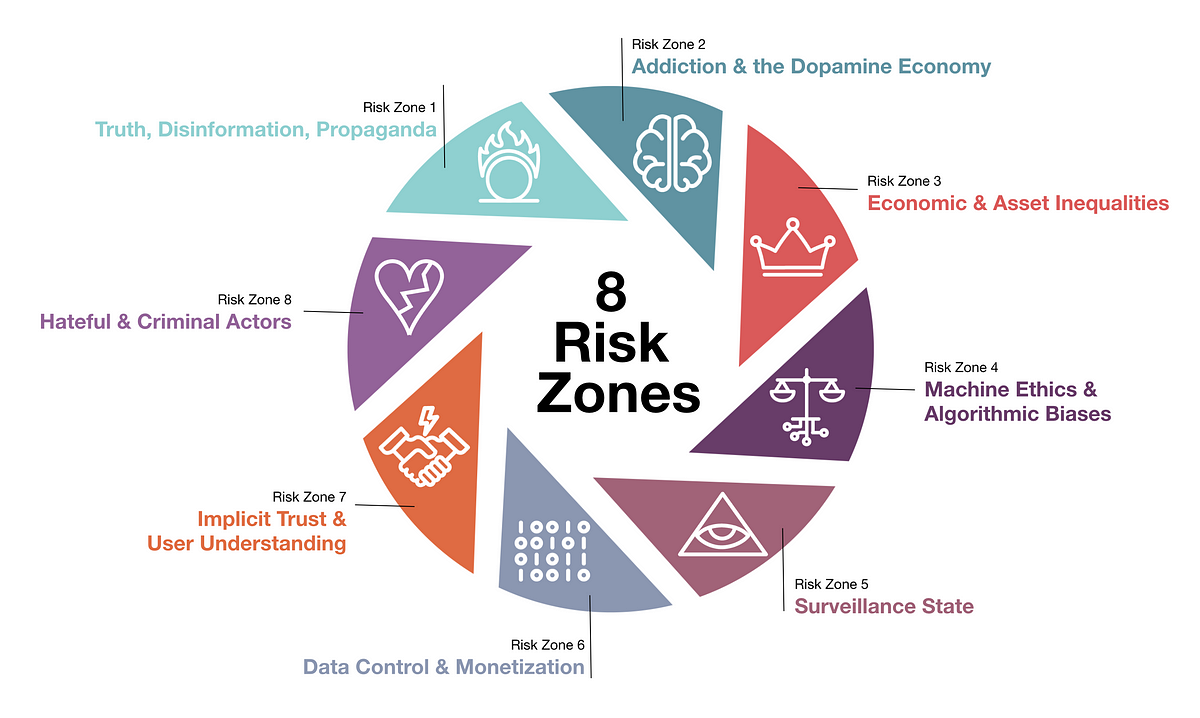Can Ethical Tech Become the New Normal?
As technology advances, and loneliness trends rise, ethical considerations need to keep pace.
By Caroline Barlerin
What attracted me to become the global head of social innovation at Eventbrite was the promise of the platform to bring the world together in real life. It pains me to read the abundant statistics on social isolation and tech addiction among consumers worldwide, and I’m dedicated to helping reverse that trend.
In order for that to happen, the tech world needs to commit very purposefully to being more ethical. What are the risks when it comes to technology permeating our lives, and what can we do about them?
Let’s look at the eight tech risk zones as defined by Ethical OS, a guide from the Institute for the Future and Omidyar Network’s Tech and Society Solutions Lab. They’ve done exceptional work, so I see no reason to reinvent the wheel:
This is a lot to think about. It might make you feel better to know that the Center for Humane Technology believes only about 1,000 people need to change what they’re doing in order to reverse the current trend, which founder Tristan Harris calls “human downgrading.” Among those 1,000 are product teams at tech companies, tech gatekeepers at major companies like Apple and Google, policymakers, and journalists.
What Can We Do?
If you’re not in a position to directly create change in the tech industry, you can still start conversations about tech ethics. Educate those around you on the risks inherent in the products we use daily, encourage them to track how many hours they spend on social media, and direct them to resources such as the Center for Humane Technology (CHT), so they can learn more and share further. Also, experience life together, in person!
“Tech firms: Establish an ethics board, and do it right.”
If you are in a position of power, bookmark the Ethical OS guide as well as CHT’s Humane Design Guide. Tech firms: Establish an ethics board, and do it right. Pair them with ethical operational rules and expectations in your organization.
And in the meantime, here are some top points to remember:
1. Activate Your Foresight: Some ill effects of tech are still just potentialities, but that doesn’t mean we can rest on our laurels. As Institute for the Future’s Jane McGonigal says, “When something of massive consequence happens that no one predicted, we often say it was simply unimaginable. But the truth is, nothing is impossible to imagine. When we say something was unimaginable, usually it means we failed to point our imagination in the right direction.”
The future can arrive much faster than any of us might anticipate. Ethical OS is filled with truly terrifying examples of where society could end up (HR algorithms that can determine who is likely suffering from mental illnesses?!). Once you read them, you’ll want to get to work right away.
2. Check Your Product: If you’re employed at a tech firm, pick something (or things) you’re working on and test it for signals of the eight risk zones (Ethical OS provides a checklist for doing this). What stands out? How can you start mitigating or preventing these risks right now?
3. Give a Damn: The Center for Humane Technology is named as such because many of tech’s issues can be solved by simply having a humane perspective. Don’t fall back into the single-minded grind of growing user base and engagement above all else. Be intentional around outcomes and be aware of how humans can be manipulated by technology.
You might be thinking, “That sounds like a great way to lower annual revenue,” but in the long run, happy, healthy consumers and communities are much better for business.
At the very least, think of your own family: What kind of future do you want for them?
Reach out if you want help on this journey!

